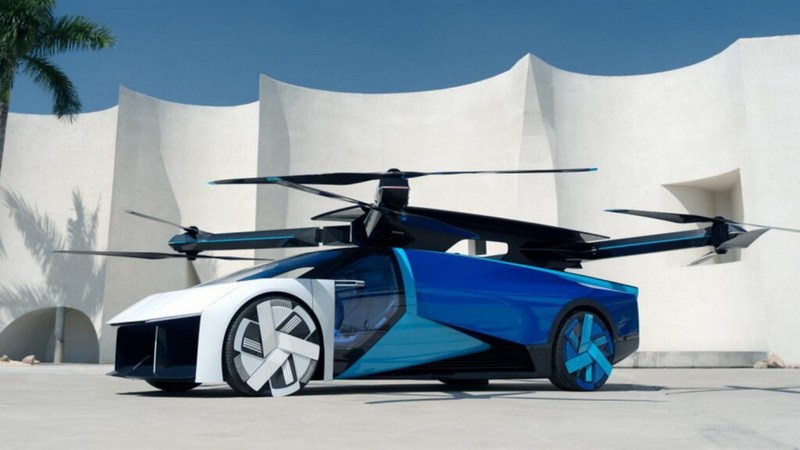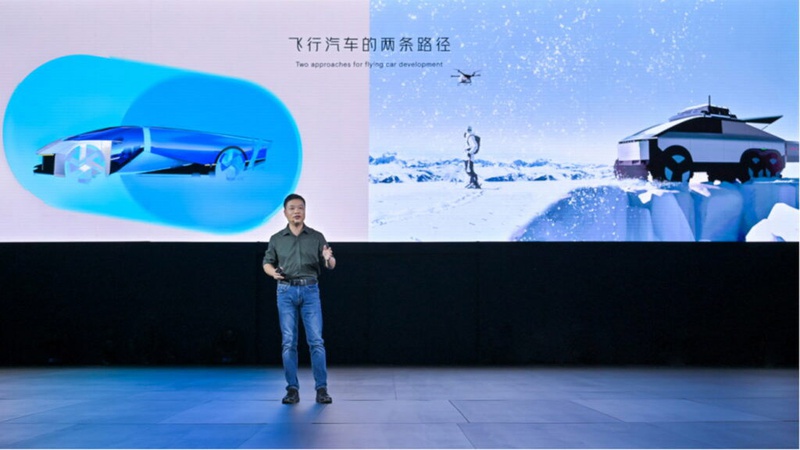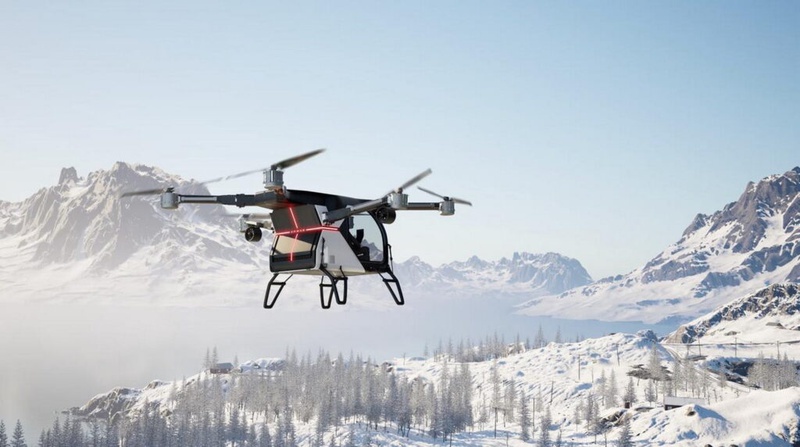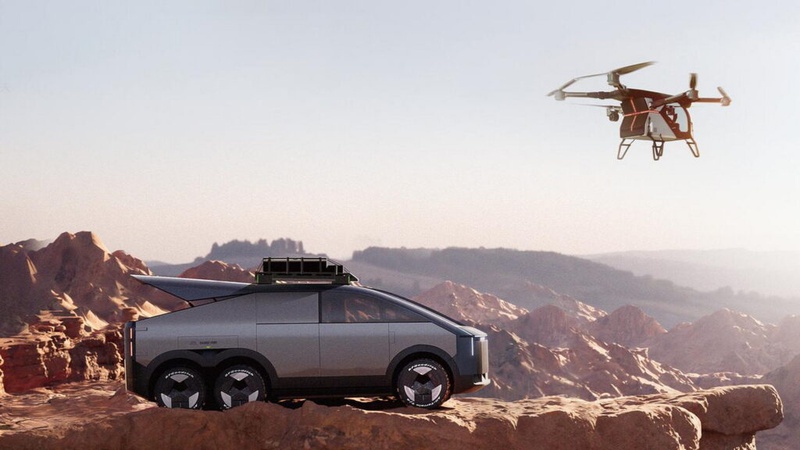Electric vertical takeoff and landing (eVTOL) vehicles have long been touted as the future, yet few companies have launched a flying car that actually looks like a conventional car. But now, Xpeng AeroHT has stepped in with two concept vehicles that appear as if they've come directly from a science fiction novel, bringing a new dimension to the eVTOL sector.
Debuting at Xpeng Tech Day, the company's flying car could initially be confused for a stylish, albeit oddly-shaped sports car. The reason for its extended rear becomes obvious when the car effortlessly transitions into its flying configuration.




From the rear, four appendages extend, carrying eight propellers that transform the car into an airborne vehicle at a button's press. While specific details are scant, Xpeng has been working on how to safely stow away the propellers. The steering wheel retracts to make room for a joystick, enhancing the flying experience.
Xpeng AeroHT estimates the first iteration of its flying car will weigh around 1,000 kg (2,204 lbs), with starting prices likely to be 1 million Yuan ($136,666 USD at today's exchange rates). The company aims to introduce its first flying car in 2024, although it's uncertain whether that timeline is feasible.
To expedite progress, Xpeng is also exploring other aerial vehicle solutions, like the Modular Flying Car. Instead of an eVTOL that doubles as a car, the company aims to develop one small enough to be transported in a van.
The van, referred to as the "mothership," can carry up to five people and features three electrically-powered axles. Xpeng AeroHT plans for this vehicle to be an extended-range electric vehicle, utilizing an internal combustion engine to generate power for both itself and the eVTOL.



The airborne segment of this dual-purpose vehicle can carry up to two individuals and offers either manual or autonomous flight capabilities. The cockpit boasts a 270-degree field of view, providing excellent visibility and panoramic vistas.
While Xpeng is open to offering the drone-equipped van to individual buyers, it believes the vehicle could be invaluable for emergency response services, particularly in search and rescue operations.
As for availability to the general public, there's no definitive timeline. However, Xpeng mentions that Chinese regulatory agencies are in the process of establishing secure methods for rolling out these innovative technologies, with similar initiatives taking place in the U.S.
Source: Carnewschina

